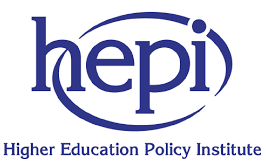University Alliance has long been something of a Teaching Excellence Framework (TEF) superfan. For years it made no sense for our higher education system to have a REF to measure research quality but no TEF to assess excellence in teaching. The vast majority of students who experience higher education do so as undergraduates on a taught course. Teaching quality is therefore of the utmost importance to the reputation of the sector.
The introduction of the TEF in 2017 therefore provided an important rebalancing of the system. Six years on, the TEF may not yet enjoy the clout of the REF, but it has reportedly had a noticeable impact on the value the sector places on teaching and learning, and the resources that are directed towards these. Whilst the TEF itself is a huge amount of work, it does not feel like a waste of time.
One of the most striking things about this year’s TEF results is that they effectively call into question the link between tariff and quality that is such an ingrained feature of the higher education narrative in England – to the extent that progression to high tariff universities is even used as a performance measure for schools. Whilst many high-tariff institutions performed well in this year’s TEF, so did similar proportions of medium and low-tariff institutions. As the CEO of the Office for Students, Susan Lapworth put it, the results show that ‘excellence is found in a diverse range of institutions.’ It is invaluable to have a rigorous and independent assessment process to back this up.

